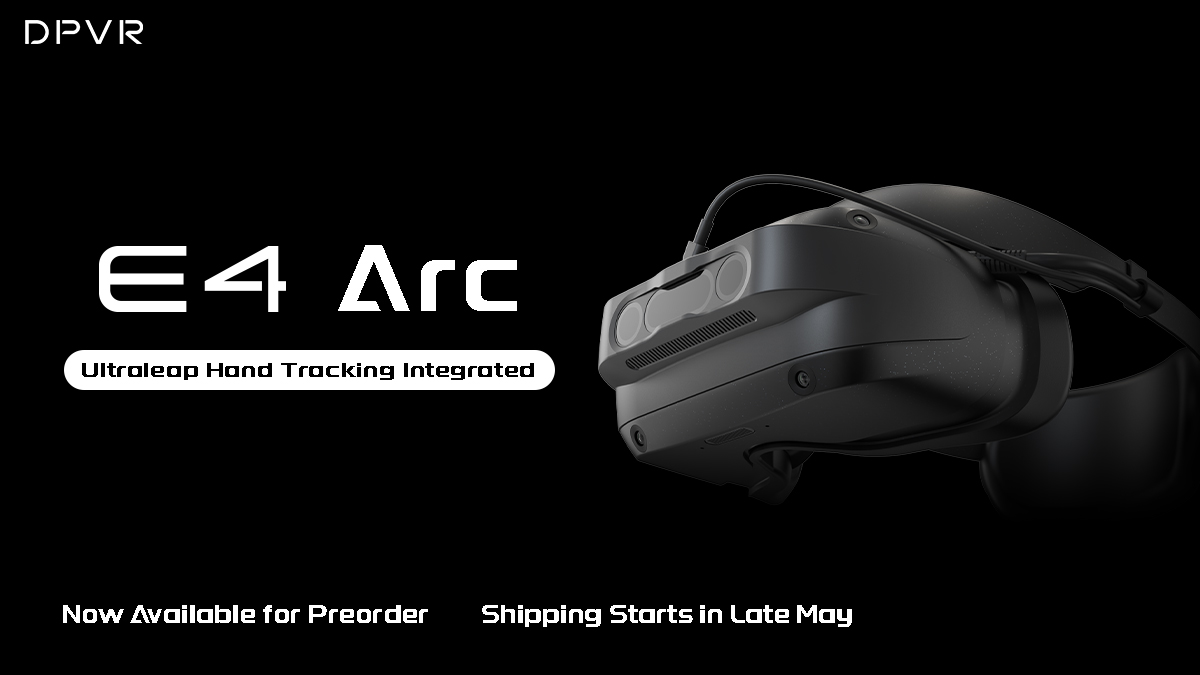Workplace safety trends
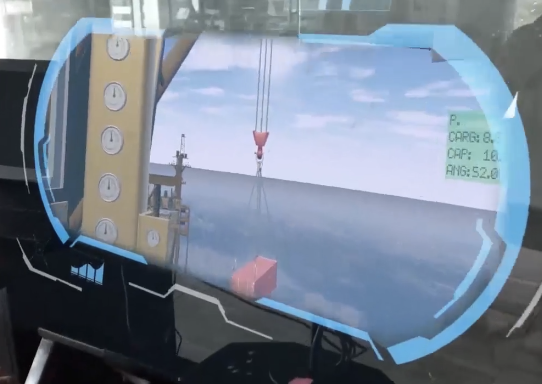
“Workplace training has become so important for many companies as they focus on their employees well being and safety.
Using virtual reality headsets to deliver training might sound strange but you can replicate real working environments to give staff amazing hands on experience in safety.”Derek Liu - Vice President Worldwide Sales and Marketing
Workplace safety training has been an essential part of health and safety programs across many different industries in order for companies to be compliant with local regulations, and most importantly, to keep their staff safe. In recent years the methods of delivering workplace safety training has evolved and the use of virtual reality is at the forefront of the latest techniques being used.
There are some startling statistics relating to workplace safety;
- Gallup and Lloyd’s Register Foundation conducted a global study in 2020 Lloyd’s Register Foundation World Risk Poll that canvased more than 150,000 opinions from 142 countries and territories. What the study uncovered is that approximately 600 million of the world’s 3 billion workers (including full- and part-time workers) have been reported being seriously injured on the job.
- The World Health Organization (WHO) reports that 1.3 million people die from work injury per year worldwide — and 20 to 50 million more are injured. That means nearly 3,700 people lose their lives each day.
Forward-thinking companies and enterprise organisations are now beginning to use virtual reality to reduce the numbers of workplace injury. With a focus on making their working environments as safe as possible, they are using virtual reality to create real-world experiences for staff to learn from, but without exposing them to real world danger. By re-creating operating environments staff can practice situations, processes, protocols and various scenarios to learn how to handle different work situations in a safe manner.
Although there are still many companies that have no real understanding or knowledge as to the benefits of using VR headsets or software applications in their workplace safety training programs. It puts them at a disadvantage vs their competitors & more importantly, it means they are relying on traditional methods to keep their employees safe.
DPVR’s range of virtual reality headset hardware is being used around the world by different companies to deliver training. Our 4K P1 wireless headset is a great choice for delivering training software applications because it is wireless and high resolution.
5 reasons why VR workplace safety training is better than traditional methods
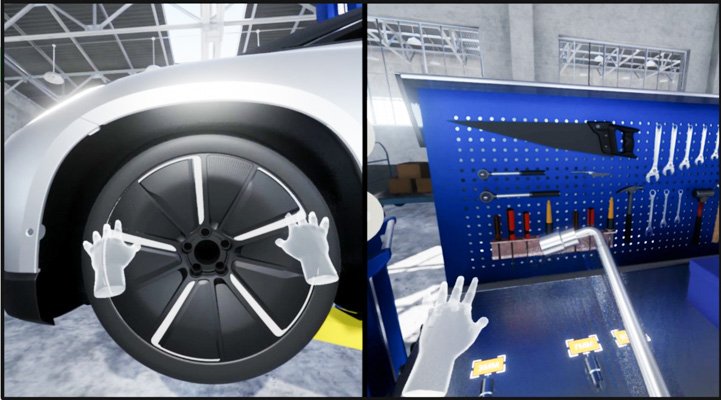
1 – Using Virtual Reality for training is safe
Imagine a construction worker that needs to learn how to use a 20 tonne heavy vehicle or a truck driver that has to handle heavy loads on a transport trailer. Doing this in real life poses a number of risks not only to the person learning but also the trainer, not to mention the cost of the vehicle. Using a VR simulator that mimics the controls of the vehicle can create a safer environment for a staff member to get familiar with the controls, operations and cockpit in a safe environment vs putting people in real world situations without any experience.
2 – VR Training has higher retention rates
Very typically workplace safety will be taught in a meeting room to learn how to recognise and avoid workplace dangers. Normally this type of training is delivered via Powerpoint slides, watching a video, taking an online test, or studying a handbook. While this traditional method of training is very scalable for large groups of employees or a workforce spread around the world, it lacks high-level effectiveness when it comes to recall.
The lack of interactivity in this method of training means that people aren’t as stimulated and typically don’t recall as much of the materials compared to other forms of either hands-on training or using virtual reality.
3 – Interactive
As mentioned, traditional approaches fall short of providing a hands-on, real-world experience in an actual working environment. The benefit of using virtual reality is that you can recreate a scenario, environment or a work area that replicates a real life environment to use as the basis for the learning.
This level of interactivity stimulates more of our senses so for example an employee in a highly risky position, such as an airline technician can practice their reactions when an accident occurs and carry out the functions in a virtual world to learn how to handle them. You cannot do this with a text book or typical classroom type of environment.
This level of interactive immersion can transform the learning environment completely. Staff can physically do things in a virtual world like operate a console, work the controls of machinery, follow a protocol or move around a mock up environment. The use of virtual reality is almost limitless & it means training becomes interactive, relevant & useful.
4 – Scaleable and updatable
Traditional safety training might come in the form of printed manuals, video or even a person that presents to each office. One of the benefits of using virtual reality is that the content can be managed centrally & then distributed across locations locally or internationally.
This means it is easy to add new locations, update the content or even create new learning modules as the business changes. You don’t have to think about what version of the training is being used as it is always the latest available. It makes virtual reality scaleable in a way that traditional methods can’t.
5 – Cost effective
Traditional safety training has been reported to cost US businesses quite a significant financial outlay. In 2018, U.S. businesses reported spending $986 on average per learner. When that is multiplied across thousands of businesses the cost to train workplace staff is astronomical. The costs are associated with things like hiring external facilities, paying for external training companies, out-of-hours staff retreats, printing materials to be used in the office, updating or recirculating new materials or even full-time training staff.
In comparison a single VR headset unit costs less than USD$300 that can be used multiple times and access to VR learning software platforms might cost less than $200 per year. While this cost exploration isn’t exhaustive, using modern technology & decentralised methods of distribution can save thousands of dollars per person.
How to choose the right VR headset hardware and software for workplace safety training
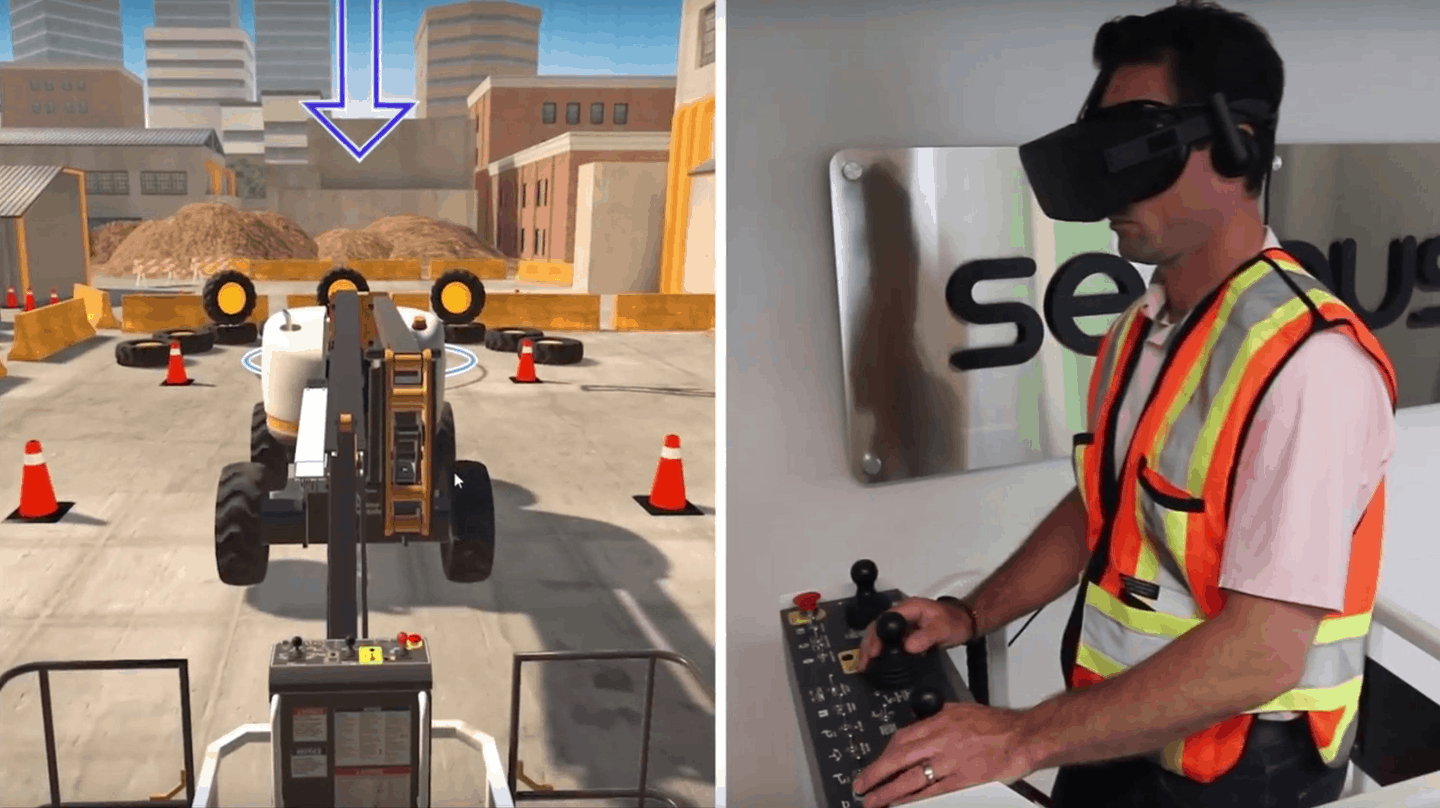
VR Hardware
There is a wide range of VR headset devices available that can be used for workplace safety training. This could be something simple like a wireless VR headset like our P1 or it could be tethered to a computer with physical controls, our E3 would suit that requirement.
These decisions will come down to the specific application but even for group training situations, our wireless P1 VR headset can be used with our Starlink software to share content across a group of people in a room. Considerations would need to be given to the software requirements to ensure the right processing hardware is available inside the VR headset.
Generally speaking there are two types of VR headset hardware devices that can be bought;
PC Tethered VR – As the name suggests the VR Headset is connected to a computer. So the processing power comes from the configuration of the PC hardware. There is a USB cable that runs to the headset to deliver the content. If a business already has training rooms configured with computer hardware then this can be a cost-effective solution as the VR headsets can plug into most modern computers.
Alternatively, each user can take a PC Tethered VR headset with them and use it on a laptop or portable computer.
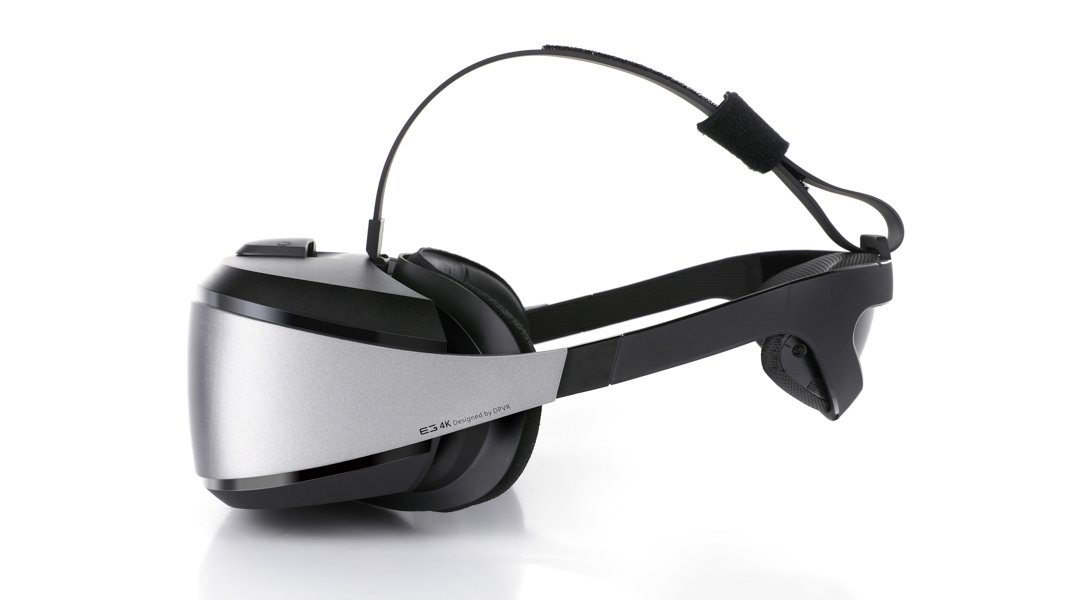
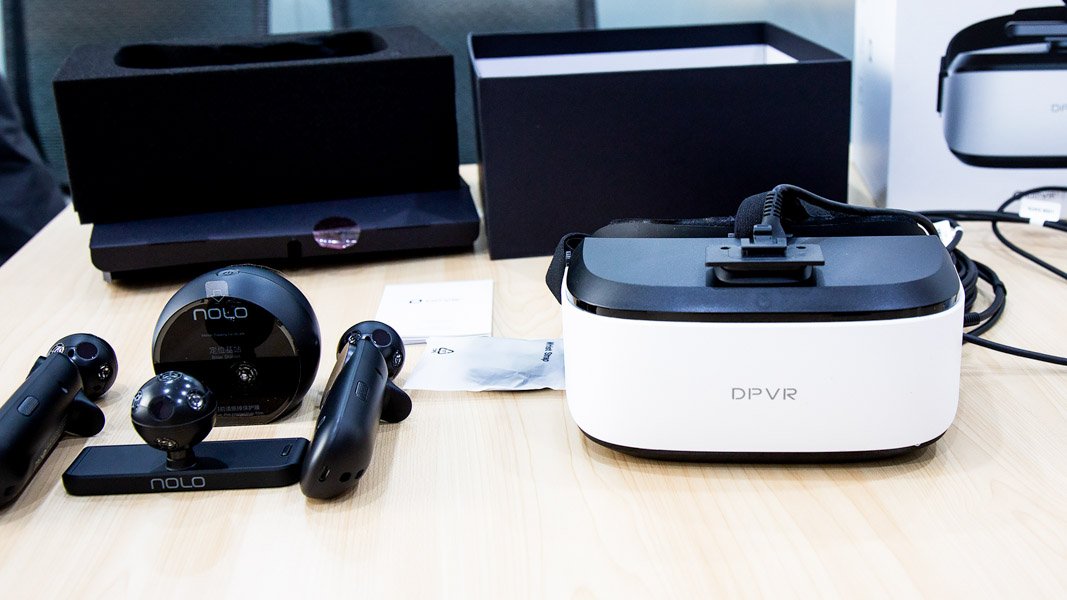
Wireless VR – Using a VR headset that doesn’t have a wired connection has become very popular because of the flexibility it provides. Chip performance has improved greatly and a wireless VR headset will suit most commercial or domestic requirements. The big benefit is they are completely portable and with more than a few hours battery life will last long enough to cover most training sessions.
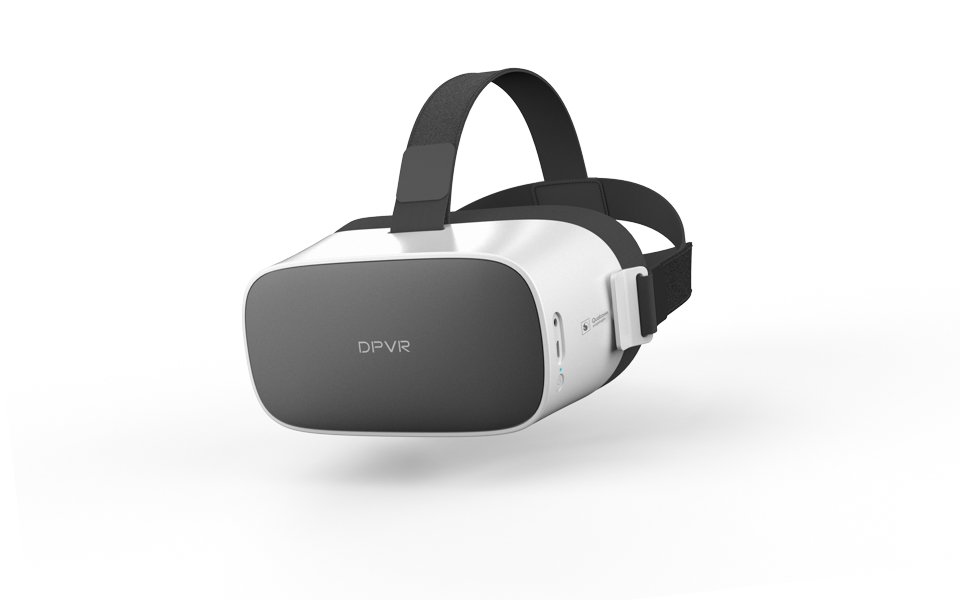
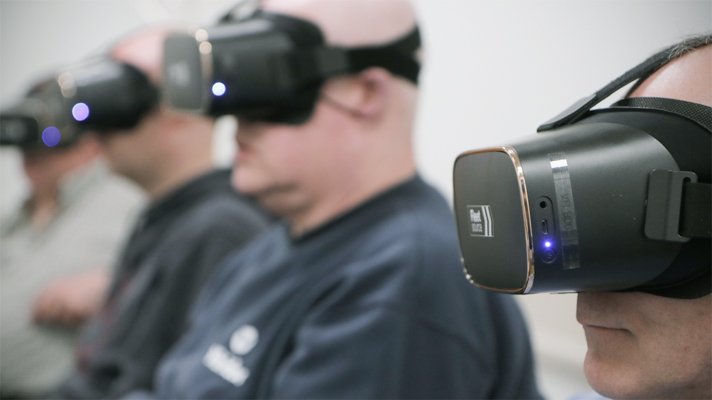
VR Software
- High resolution – The graphical design of the VR software should be high-resolution. Nothing is more frustrating than attempting to navigate in a VR environment that causes eye strain, migraines, or motion sickness. You need an immersive environment that lets you navigate through the module as easily as if it were a real one.
- First or third person views – Depending on the application you may need both first and third-person views to be able to convey the training materials. So the application or the developer needs to be able to accommodate for that when creating the materials.
- Environment quality – The quality of the virtual environment is also crucial to maximise recall for each user. Shadows, scale, motion, and other elements should be as realistic as possible to deliver the most immersive experience which improves a user’s recall as more of their senses are stimulated.
- Believable scenarios – This sounds like common sense, but it is crucial to make sure that the training modules pose questions and create plausible scenarios that staff would be exposed to.
- High resolution – The graphical design of the VR software should be high-resolution. Nothing is more frustrating than attempting to navigate in a VR environment that causes eye strain, migraines, or motion sickness. You need an immersive environment that lets you navigate through the module as easily as if it were a real one.
The implementation
- Multi-user functionality – every business has teams of people so any VR implementation has to cater to small, medium or large groups depending on the size of the company.
- Scenario variety – Learning will no matter what medium will only be as effective as the content. So being able to have variety in the scenarios being provided is crucial to maximise retention and learning.
- Simple content management – Managing hundreds of content pieces has to be easy for users but also the team’s managing the training materials with simple search, replace, and uploading functions.
- Multi-user functionality – every business has teams of people so any VR implementation has to cater to small, medium or large groups depending on the size of the company.
What are some examples of VR Safety Training software providers?
Toppan

Toppan is a leading and diversified global provider committed to delivering sustainable, integrated solutions in fields including printing, communications, security, packaging, decor materials, electronics, and digital transformation. Toppan partnered with DPVR, releasing a series of safety training courses using the DPVR P1 Pro wireless headset.
They created a training program that helped their staff learn how to use their machinery for printing and plastics by creating virtual environments that people could practice with.
Epigroup is a specialise workplace health and safety business that brings together virtual reality and high quality media production to create immersive learning experiences. They work with some of the biggest names in the mining and resource sectors to create industry-leading and dynamic training content in VR
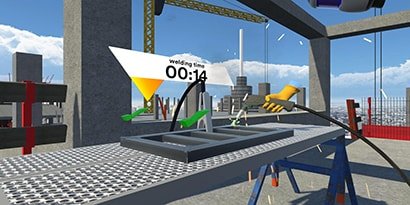
3M produces more than 60,000 products across various brands they own. They have their own 3M™ Virtual Reality Safety Training software apps that can create memorable, interactive VR learning tools.
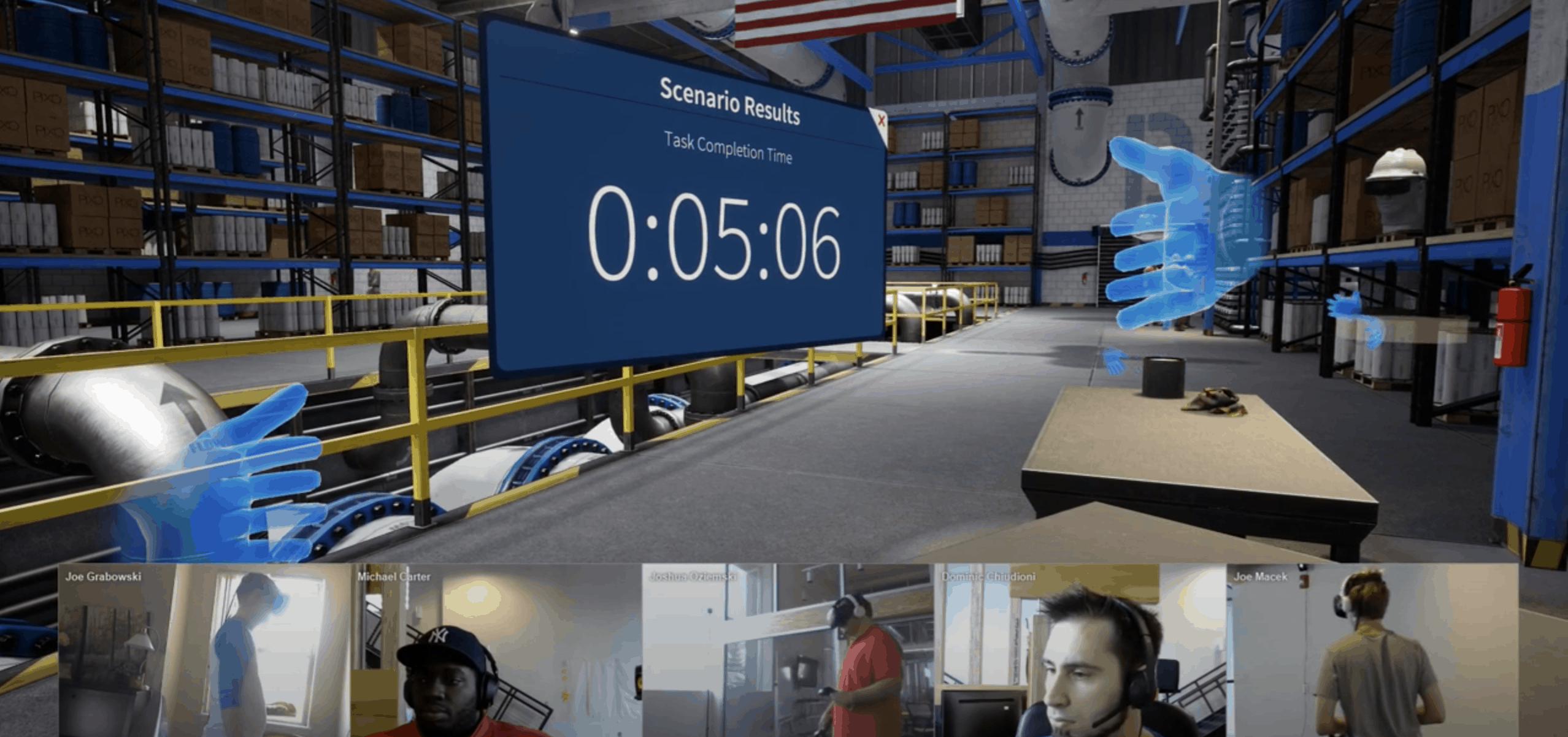
VR headset supplier for workplace safety training solutions

DPVR is a VR headset hardware manufacturer that can supply hardware that can work with hundreds of different software platforms and applications. DPVR can even work with VR software development companies that are providing training solutions to supply hardware that is branded or includes the software preloaded.
Our team can help with things like hardware customisation when it comes to faceplates, API or SDK software integrations to suit different applications.
Virtual reality has changed the traditional way of learning hard skills training and vocational training, especially in large enterprise or industrial industries that use heavy equipment where knowledge and compliance with safety rules are required. DPVR’s cooperation with Yeltic has made VR technology become a reality in training and has delivered real impact when it comes to increasing competencies and work safety.






